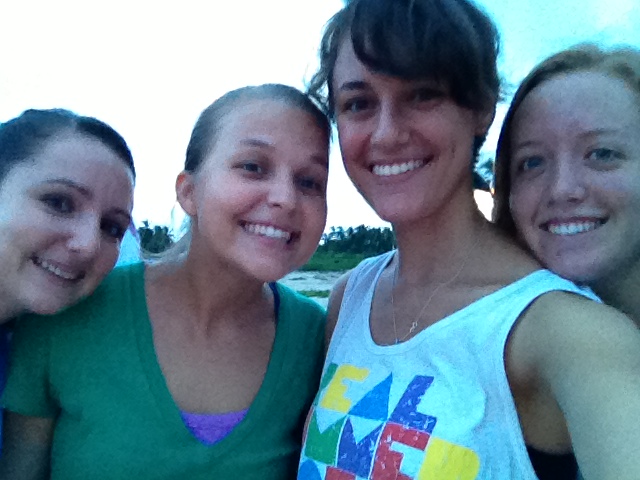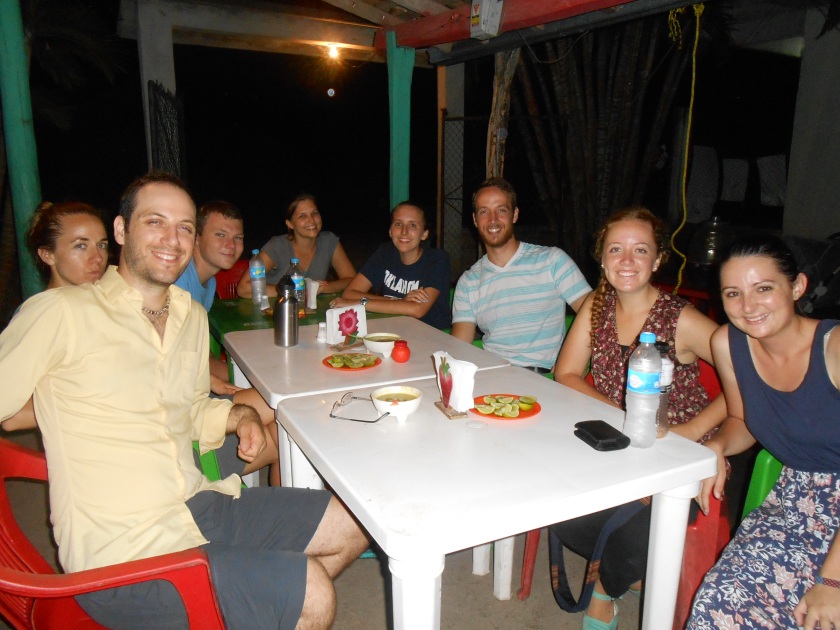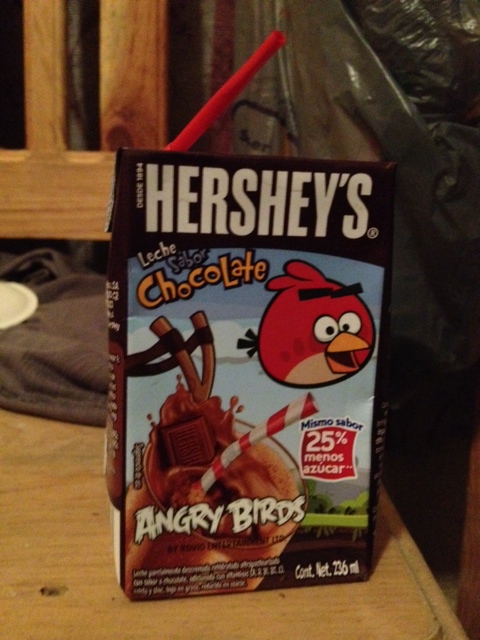One bad moment in a book has the potential to put a sour spin on the rest of a good story. Freefall to Fly has one of those moments. Rebekah Lyons’ tells her story of how she overcame fear and anxiety, but undercuts that story with one potentially dangerous assertion. I wanted to like this memoir–but it isn’t safe.
With her husband and three kids, Lyons moves away from the comforts of living close to family and friends in the south to a completely foreign life in busy New York City. The transition is difficult and she doesn’t handle it well. She begins having panic attacks and wonders if the move had been a terrible mistake.
Lyons’ story is compelling and her writing interesting. However, her conclusions about mental illness and how to deal with it run this book off the rails. Consider the following quotes:
In our frailty, many of us don’t believe we can be free. If we start to feel defeat and helplessness creeping in, we medicate, we numb out, we order our lives to escape our pain. We seek comfort anywhere we can find it. Our careers, a prescription, a cocktail bar, another person’s arms (135-136).”
“We are born with a large capacity for coping, especially when aided by human mechanisms. Each incident we encounter thickens our skins a little more to take the next blow. The more we medicate, the thicker the skin becomes. Before we know it, we are staring through pain and tragedy with eyes that don’t blink, tears that don’t come, skin so tough we feel nothing (136).
I just don’t even know where to begin. I think she’s confusing medication for, I don’t know, perhaps depression? These blanket statements about medication are flat-out wrong. She bases these assertions about using medication to numb out on the experiences of people she knows, and especially the situation of her father who suffered from severe mental illness. PUBLIC SERVICE ANNOUNCEMENT: Anecdotes are not the same as facts. Just because some of the people you know used medication as a way to avoid dealing with the problems in their lives does mean everyone uses medication as a way to avoid dealing with problems. Just because you (the author) might use medication to numb out does not mean that everyone who takes medication for depression is numbing out.
Telling readers that by taking medication for depression you are only trying to numb yourself is dangerous and wrong. Lyons is entitled to her own opinion, but the editor and publisher (Tyndale House, a Christian publisher) who let that stand in the book were irresponsible and negligent. Those with depression are struggling enough–they don’t need to be told the lie that medication isn’t necessary and that they just need to try harder to get better. Would Lyons’ (and the many others who say medication for depression is an escape) tell someone with a broken leg that they just need to try harder to heal the broken bone? Would you deprive someone of antibiotics for an infection and tell them that medication will just numb them? Absolutely not. Depression is real, and medication for depression can be exactly what someone needs to get on the path to healing.
I won’t tell you not to read this book. I will tell you that if you do read this book, be discerning. Once I read her thoughts on medication and mental health, I had a very hard time taking to heart any of her other conclusions. In fact, I can barely remember anything else about the book. This book was a disappointment.
Freefall to Fly, Rebekah Lyons, 1-star, Christian memoir

























